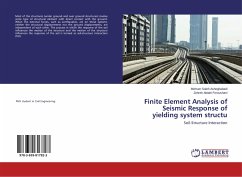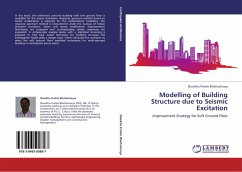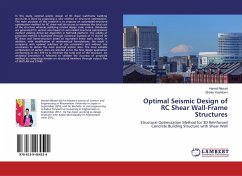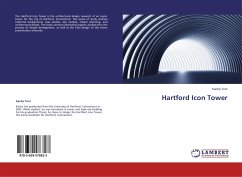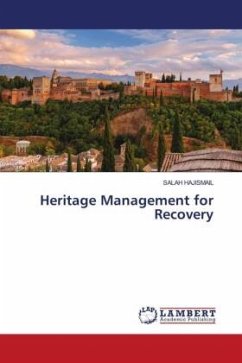In the past the ancient builders tried to challenge the structural stability and the nature itself realizing towers, as a need of cities or families to show their power. The meaning of these structures was "the higher the tower, the richer the family". Today masonry towers are relevant typology buildings in the Italian built heritage, due to their widespread in the territory and the important historic value that they have. The history shows emblematic examples of the consequences of their structural vulnerability. In fact only a few of these structures survived until today and the majority of the ancient high towers in Italy are no longer present. This book focuses on the Lamberti Tower, a medieval masonry tower with a height of 84 m located in Verona, northern Italy. The work starts by studying the masonry towers in general and by describing the researches that were already done on this tower. Then, a numerical model of the structure was built to be able to simulate its behavior. Two different models were prepared with 3D elements based on the Finite Element Method: a simple model composed by 3D composite beams and a more detailed model defined by 3D solid elements.


